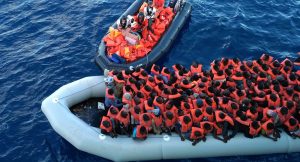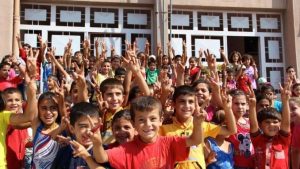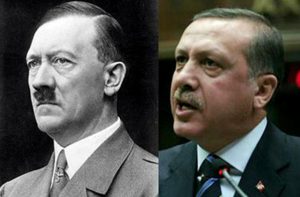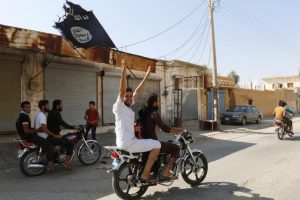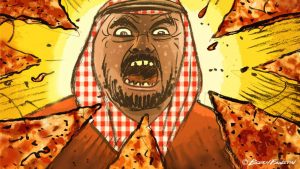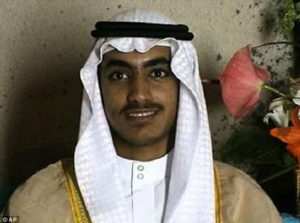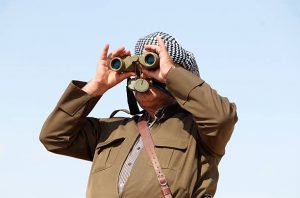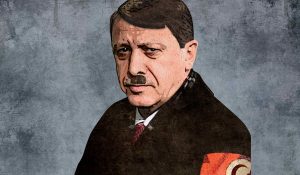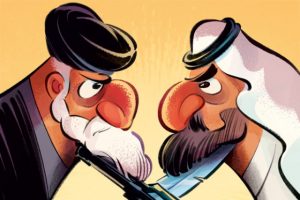Possibility of elections in Libya this autumn is increasing tensions between military leader in east and UN-recognised government in Tripoli, like reported by theguardian.com
There was a 15% year-on-year rise in the number of people reaching Italy from Libya in the first three weeks of January, piling more pressure on the UN to try to end the political stalemate in the north African country.
In the first weeks of January the number of migrants arriving in Italy was 2,749, an increase from 2,393 for the same period in 2017. Comparisons by month are seen as the best indicator since there is a seasonal element to the numbers.
The rise follows months of declining figures. There was an overall fall in arrivals in 2017 to 119,130 from 181,436 in 2016.
Italian government officials, facing an election in March in which migration is featuring strongly, hope the January rise is a blip, but there are fears that growing political instability in Libya is breaking down some of the informal and formal deals between the Italian government and militias, which contributed to the fall in 2017.
The possibility of elections in Libya this autumn is increasing tensions between Field Marshal Khalifa Haftar, the military leader of the Libyan National Army (LNA) in the east, and the UN-recognised government of Fayez al-Sarraj based in Tripoli.
In a sign of the lawlessness, forces loyal to Haftar were accused on Thursday of bloody reprisals against those they suspected of planting a bomb in the eastern coastal city of Benghazi earlier this week that killed more than 40 people and injured more than 90.
No group claimed responsibility for the bombs, detonated outside a mosque in Benghazi, but the attack undermined Haftar’s claim last June that he had rid the city of jihadists.
The Human Rights Watch Libya researcher Hanan Salah said the bomb attack and the reprisals constituted war crimes.
Salah referred to undated photos that appeared on multiple news sites and social media allegedly showing an LNA commander, Mahmoud al-Werfalli, killing 10 individuals, assumed to be detainees because they were dressed in blue prison uniforms.
The men, who in the video are kneeling and blindfolded with their hands tied behind their backs, are shot one after the other by a bearded man in military fatigues, with a large crowd of onlookers cheering. The alleged killings were carried out at the site of the bombings outside the mosque. Human Rights Watch said it was unable to verify the authenticity of the footage.
Werfalli, who is wanted for war crimes by the international criminal court, is a close ally of Haftar, a frontrunner to win the presidential elections. Haftar was due to meet the UN special envoy to Libya, Ghassan Salamé, on Thursday. He previously claimed he had arrested Werfalli.
As many as 20,000 people from Benghazi remain forcibly displaced, mostly since 2014. LNA forces have prevented them from returning to their homes, accusing whole families of terrorism.
The Italian parliament last week sent more forces to Libya’s southern borders in an effort to police the migrant smuggling routes from Niger. The increase in the number of Italians inside Libya led to protests from the rival governments in east and west Libya.
